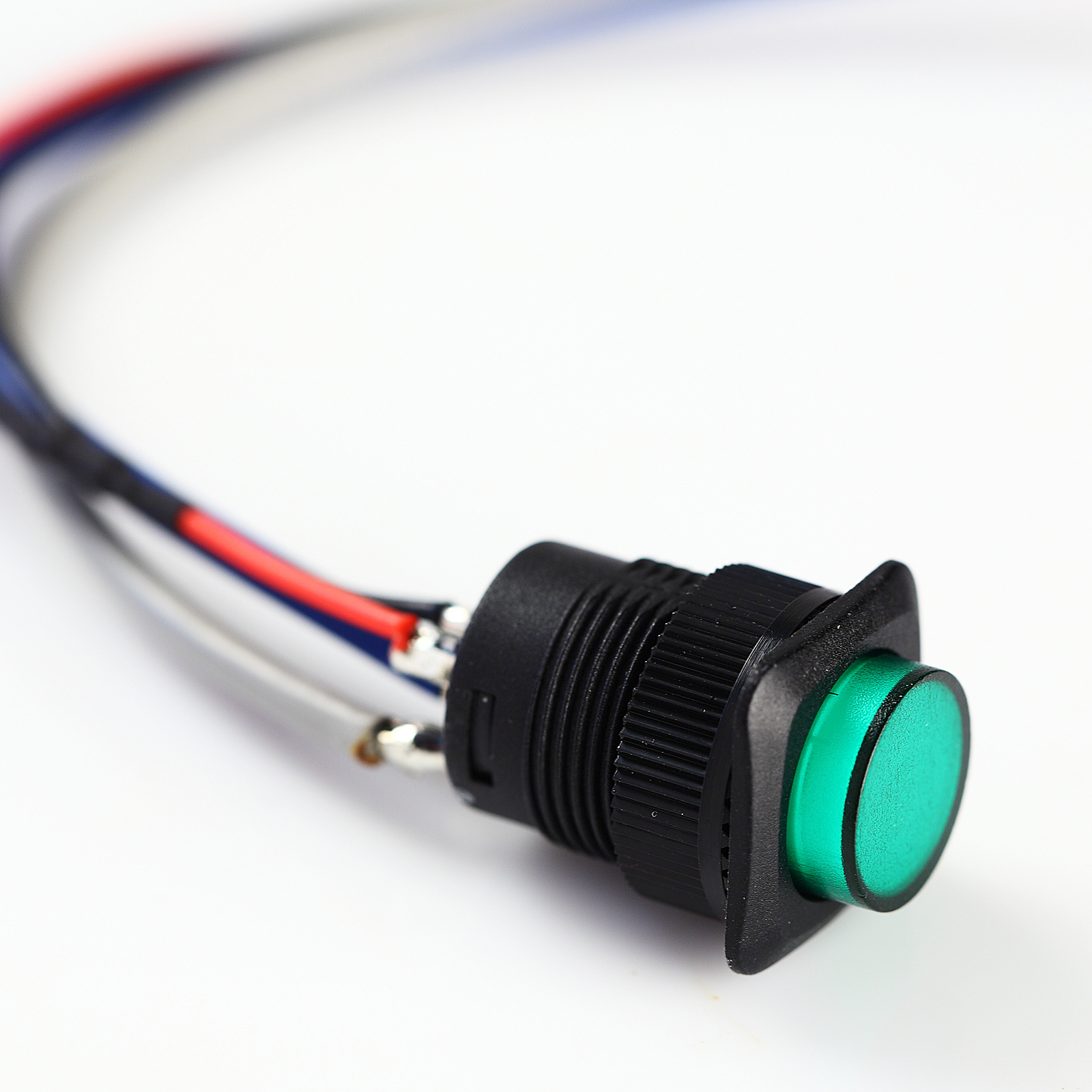

That only describes the simplest version of a switch though. Some might be designed to fit in a breadboard for easy prototyping.Ī switch must have at least two terminals, one for the current to (potentially) go in, another to (potentially) come out. Through-hole switches are usually larger in size. Mounting StyleĪs with most components, the termination style of a switch always comes down to either surface mount (SMD) or through-hole (PTH). There are such things as a maintained button, but for this tutorial when we slip and talk about "buttons", think “momentary push-down switch”. Activating a button usually means pressing down on it in some manner, which just feels like a momentary control.

Semantic alert! Most of the switches we refer to as "buttons" fall in the momentary category. You’ve probably got a momentary switch (or 50) right in front of you.keys on a keyboard! If they're not being actuated, they remain in their “off” state. Momentary switches only remain active as long as they’re actuated. These switches might also be called toggle or ON/OFF switches. Maintained switches - like the light switches on your wall - stay in one state until actuated into a new one, and then remain in that state until acted upon once again. MaintainedĪll switches fall into one of two distinct categories: momentary or maintained.

Switch actuation can come from pushing, sliding, rocking, rotating, throwing, pulling, key-turning, heating, magnetizing, kicking, snapping, licking.any physical interaction which can cause the mechanical linkages inside the switch to come into, or go out of, contact. Push button, rocker, slide, and magnetic. Voltage, Current, Resistance, and Ohm’s Law.

What is a circuit? - Especially know the difference between an open and closed circuit.Then come back, and we’ll have some fun button talk. If you’re not familiar with the following concepts, consider reading their tutorials first. The difference between normally closed and normally open buttonsīefore diving into this tutorial, make sure you’re up to snuff on the most basic of electronics knowledge.But how could we live without buttons and switches!? What good is a blinky circuit with no user input? Or a deadly robot with no kill switch? What would our world be without with big red buttons you should never, ever press. All they do is select between an open circuit and a short circuit. In some cases, specifically for commercial and industrial usage, the buttons can connect through a mechanical linkage, which means that pushing one button can cause another button to release.Switches don’t require any fancy equations to evaluate. They can turn machines on and off, or cause the devices to perform specific actions, as is the case with calculators. You can find them in the home, the office, and in industrial applications. For tough environments switches with an IP rating are ideal, vandal-resistant IP67 switches are a popular choice.Push Button Switch UsesPush button switches are popular in a variety of different applications, including calculators, push button phones, and many home appliances. We also offer Non-illuminated as well as illuminated options. Contact arrangements include SPST, SPST, DPST, and DPDT.Push Button TypesSwitches come in a range of mounting options including panel mount, snap-in, and PCB mount. Latching push buttons keep the switch in the set contact state until the button is pressed again. Momentary push button switches require the user to keep holding the button for an action to take place, this action is then reset once the button is released. When the actuator is pressed, it touches with the stationary contacts, causing the action to take place.Push buttons are available with normally open N/O or normally closed N/C contacts that change state when the actuator is operated. The actuator will go all the way through the switch and into a thin cylinder at the bottom. You can learn more in our complete guide to push button switches.RS offer an extensive range of high-quality Push Button switches from industry-leading brands including APEM, EAO, TE Connectivity, Schurter, Saia-Burgess, and of course RS PRO.Push Button Switch OperationPush button switches typically have two key parts, an actuator, and a set of contacts. The shape of the push button may conform to fingers or hands for easy use, or they may simply be flat. Most of the time, the buttons are plastic or metal. Push Button Switches A push button is a simple type of switch that controls the action in a machine or some type of process.


 0 kommentar(er)
0 kommentar(er)
